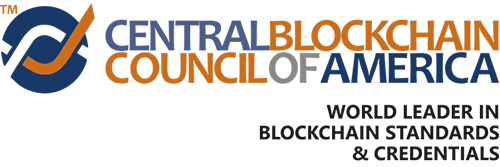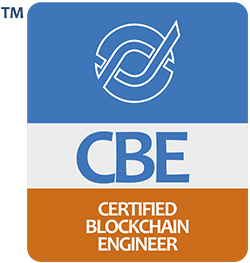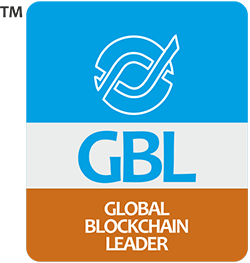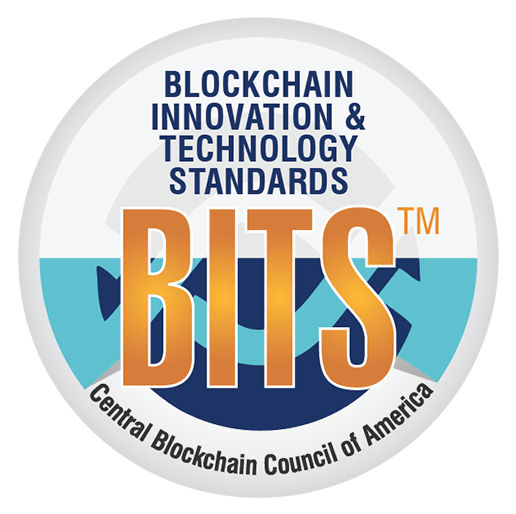Oct 05, 2020
Blockchain technology is one of the fastest-growing technology in the market. Though its adoption rate is promising, there are certain technical hurdles to win over. CBCA discusses these technical hurdles – 3S’ (Scalability, Speed, and Stability) to blockchain implementation and its possible solutions here.
Blockchain technology exhibits efficiency and effectiveness in realizing long-term business goals besides cost optimization. When implemented, the need for multiple ledgers will become void.
But, in reality, the implementation is like a mirage!
87 % of respondents think blockchain will positively impact the industry, but only 10% actively uses it, TechRepublic Premium survey poll reports. What’s holding others back?
Speed, stability, and scalability have plagued blockchain development.
Technical issues of Blockchain: 3S’ -Scalability, Speed, and Stability
Let’s consider these three major technical issues and its potential solutions here.
Blockchain Scalability: Challenges and Solutions
The most important scalability issues in the blockchain network are as follows.
- Every node adds details as soon as a new transaction gets processed. As payment history increases, there is every chance of buckling the overall system. When the blockchains become big, it becomes impossible to run a node and the level of trustworthiness might get diminished.
- The capacity of the block in the bitcoin blockchain was 1 MB containing 2,020 transactions. However, when the number of transactions increases, it consumes more time for execution.
- The transactions take a long wait time for its validation [a payment is considered valid only when it gets added to a block in the chain]. The waiting time increases during peak times.
- Mining demands higher computational power. You may have to pay a higher fee to get your payment verified quickly. There will be a lot of unprocessed transactions in the ques when the network expands.
All these restrictions make blockchain’s main functionality like availability and decentralization less useful. There are several approaches proposed in the literature to improve scalability while maintaining security and decentralization. Here is a list of a few mainstream solutions for review.
Blockchain bridge:
Blockchain bridge forms a link for communication and interaction between two blockchain systems. It enables a seamless relationship between different systems.
- Reduces network traffic. On Etheruem, the blockchain bridge transfers it to less congested blockchains and resolve scalability issues.
- Developers can execute DApp on Etheruem, while transactions take place on another blockchain.
- With blockchain bridge, instant settlement can be made [for example, casino games] relieving the stress of users.
- Syscoin-Etherum bridge enables a trustless connection between Ethereum and Syscoin’s network. It provides ERC-20 tokens access to zero-confirmation directed acyclic graph, an interactive instant settlement protocol that processes over 60,000 transactions per second.
The existing solutions are classified as Layer0, Layer1, and Layer2. In Layer1, solutions are executed on on-chain, Layer2 scales out a solution by off-chain methods, and Layer0 solutions are concerned with the optimization of dissemination protocols in the network.
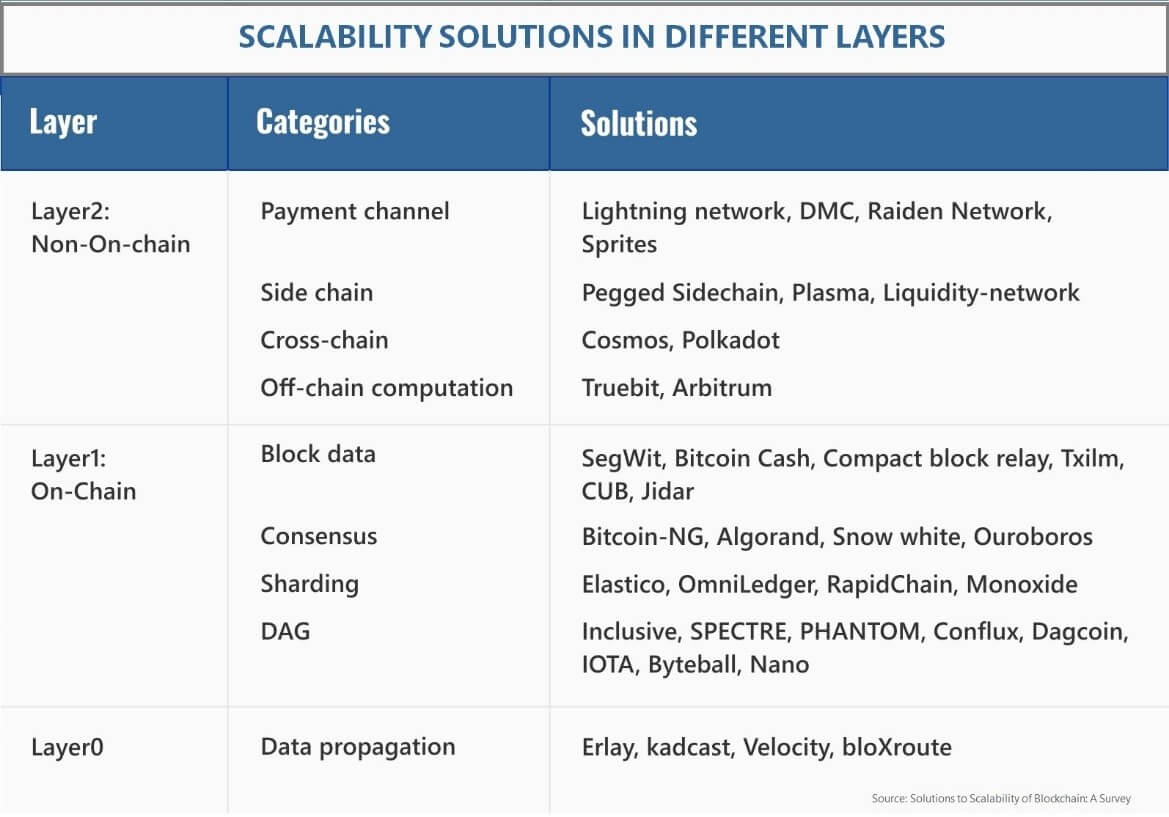
Blockchain Speed: Challenges and Solutions
Small and medium DLTs are known for speed. However, when thousands of nodes try to perform high-volume transactions, it slows down the network severely. Transaction processing speed (TPS) is one of the major bottlenecks for mass commercial adoption of blockchain. The bitcoin blockchain processes seven transactions per second, while Ethereum could process eight, theoretically.
New distributed ledger technologies have developed that promise to offer thousands to millions of transactions each second. Another solution is to design a solution that accelerates Proof of Work based on parallel mining. The main objective is to involve not more than two miners putting effort to solve a specific block. However, all these efforts are still limited in enterprise environments.
Blockchain Stability: Challenges and Solutions
The studies about technology implementation and its success tell us that to attain stability, the technological, governance, organizational, and societal things need to fall in place. Blockchain technology has successfully managed itself to meet the needs of the small population.
Though the progress along the implementation continuum is observed in organizations through its response in cybersecurity, compliance, audit, governance, global identity, and other issues, blockchain technology still works in a smaller system. This is a major threat to its stability. The law perspectives and global acceptance of the technology are debatable.
Deloitte’s recent survey lists regulatory clarity, security threats, uncertain ROI, and other factors as barriers to blockchain investment.
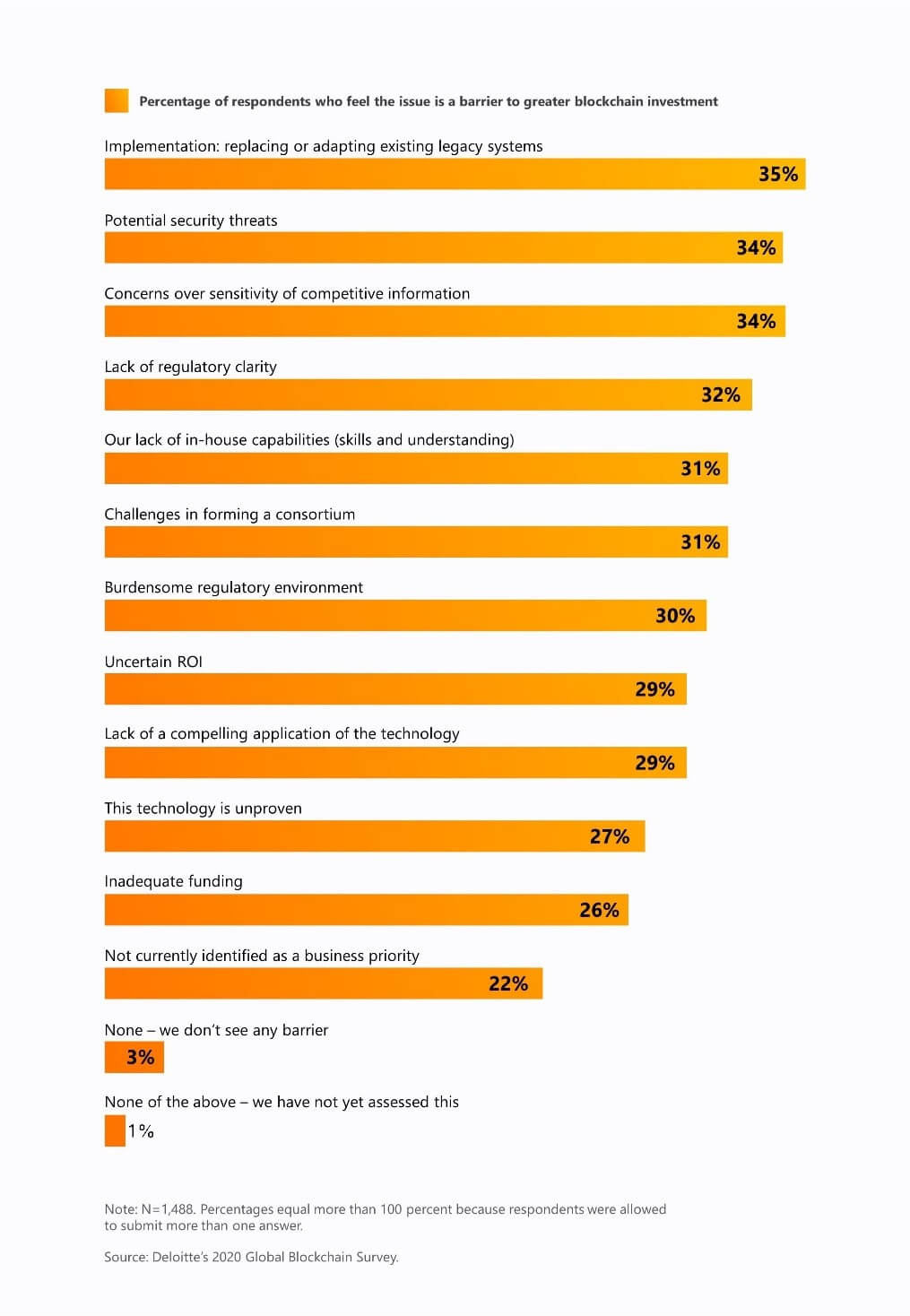
Stability is not a miracle. It needs a constant and careful constructive foundation. The current situations and opportunities are signs that technology will work successfully.
On a positive note, the attitudes toward blockchain implementation are being shifted to a measurable extent as executives, leaders, and blockchain engineers show interest in its implementation. Organizations are committing budgets for blockchain applications. When trust is built into the systems to exchange assets, it will bring profound changes in society.
The growing participation by enterprises, blockchain engineers and leaders, regulators, and governments will help increase blockchain adoption.
If you are an aspiring blockchain professional, then it is the right time to upskill yourself as a blockchain engineer and be a key player in the blockchain revolution.
